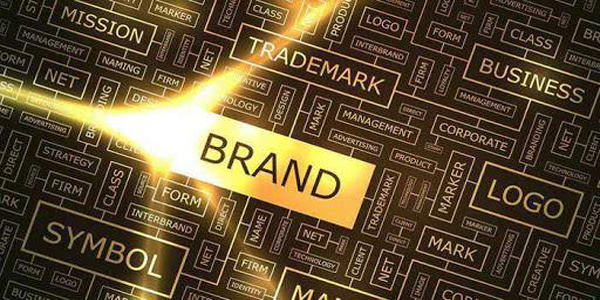
Our Services
Other Services
Office set design
Slogan design ideas
Product and packaging design
Website Optimization
Website Redesign

Branding is more than just developing a logo or choosing a beautiful name. Branding is how clients experience and feel a company’s products and services. Branding is a unique distinction that is very important for customers, employees, organization managers. Having a strong brand significantly reduces company costs by limiting inapt and aimless investments. Profitability increases dramatically due to the attraction of loyal customers, but the company brand becomes an intangible asset that the value that could be more than the total value of all the company’s physical assets!
Most of the brand experts believe that launching an organization or a personal business without thinking about branding is an unpardonable mistake in business!
Lots of cases have been seen (production or services) that even after more than 10 years of professional exercises, the business value is dependent only on its property and equipment, it is only because they haven’t made/developed a name (brand).
They haven’t spent on branding anything or their spending has been almost nothing so they have lost lots of opportunities and market share gradually!
Branding is one meaning, all the meanings that your potential audience and current customers feel about you in their minds and hearts!
A brand at the beginning or development phase could result in the success or failure of a product/service or even could result in the growth or collapse of the organization!
In contrast, a strong and successful branding leads to the organization’s evolution and at the same time expressing the organization’s main activities to the customer frequently.
The purpose of a brand development could be even something beyond the sale of goods and services, sometimes brand affects the market share and bring business solutions, and even becomes the prestige and integrity of an organization!
After brand building, it is the behavior and how the organization operates that leads to the success or failure of the brand, all the functions, and activities of an organization, and how to deal with them leads to fading or flourishing brand!
Sometimes we see the people in the communities become free marketers of brands to attract the attention of others! They advertise and promote their favorite brand and represent it Unconsciously!
Branding is a regular process used to create awareness and progress of customer loyalty, saying why people should prefer one brand over other brands?!
The branding process does not stop with just choosing a name and visual identity building, logo, and media advertising. Branding at the level of industrial markets (B2B) and consumer markets (B2C) has certain rules and principles.
Today, brands no longer belong to a specific group, a nation, or a country, but all people! In other words, to the entire consumer society of the world, and are a factor in transmitting the culture and knowledge of a nation to other nations and even can be used as cultural ambassadors between nations!
The priority is to understand the organization with a clear vision: mission, vision, target markets, the culture of participation, competitive advantage and values, strengths and weaknesses, marketing strategies, and future challenges
Research should be arranged based on the interview/survey/focus groups, customer experiences, Weaknesses, and strengths of competitors and Identify the brand position
We look closely at our organization and competitors. The combination of rational thinking and creative intelligence is one of the best strategies to outdo others which including the below matters:
Extracting identity, visual, and behavioral forms from the meaning of creating for the brand based on the strategic imagination, intuition, expertise, and experience of the designers
Ideation of brand contact points and methods of media strategy, behavior management, and presentation of brand values to the target community:
Are we going in the right direction? How do we measure the standard deviation of a branding program to monitor to achieve defined goals?
Thanks for reading our post, we are looking forward to hearing your comments on this!
NeatMarketing Group.